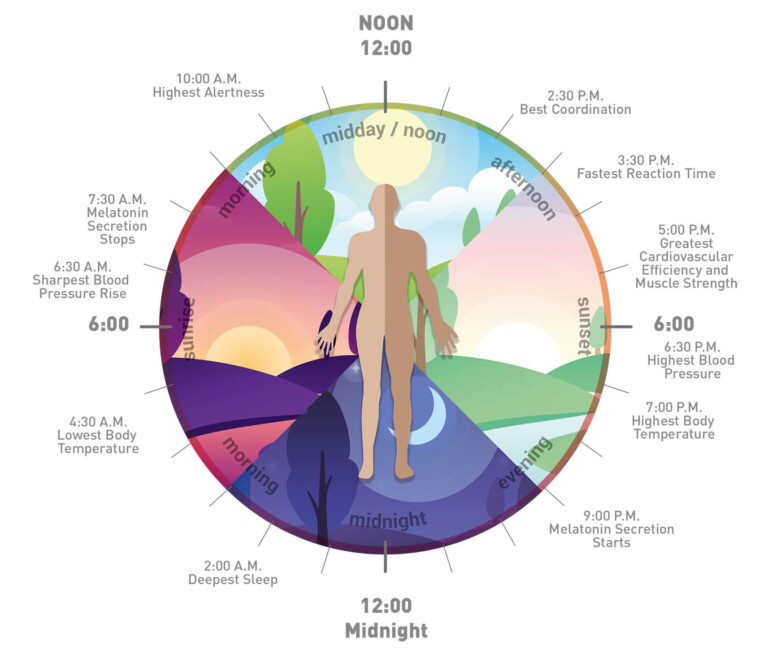PLX Academy · News · 06 April 2022

Daily rhythm chart.
Lighting may affect your well-being more than you realise. Modern lifestyles, with 24-hour access to electric light and reduced exposure to natural daylight, can disrupt sleep and negatively impact health and productivity. A new report published in PLOS Biology reveals how the optimum amount of artificial bright light required during the day and evening to support restful sleep, daytime alertness, and healthy bodily, daily rhythm.
Professors Timothy Brown from the University of Manchester, UK, and Kenneth Wright from the University of Colorado Boulder, US brought together an international body of leading scientific experts to agree the first evidence-based, consensus recommendations for healthy daytime, evening, and nighttime light exposure. These recommendations provide much needed guidance to the lighting and electronics industries to aid the design of healthier environments and to improve how we light our workplaces, public buildings, homes, and our daily rhythm.
A key query tackled by the brand new report was the way to correctly measure the extent to which various kinds of lighting may affect our physique rhythms and every day patterns of sleep and wakefulness. Gentle impacts these patterns by way of a specialized sort of cell within the eye that makes use of a light-weight delicate protein, melanopsin. Since melanopsin is most delicate to mild in a selected a part of the visible spectrum (blue-cyan mild), the brand new suggestions used a newly-developed mild measurement normal tailor-made to this distinctive property, melanopic equal daylight illuminance.
Evaluation of information throughout a variety of laboratory and discipline research proved that this new measurement strategy might present a dependable manner of predicting the results of sunshine on human physiology and physique rhythms.
